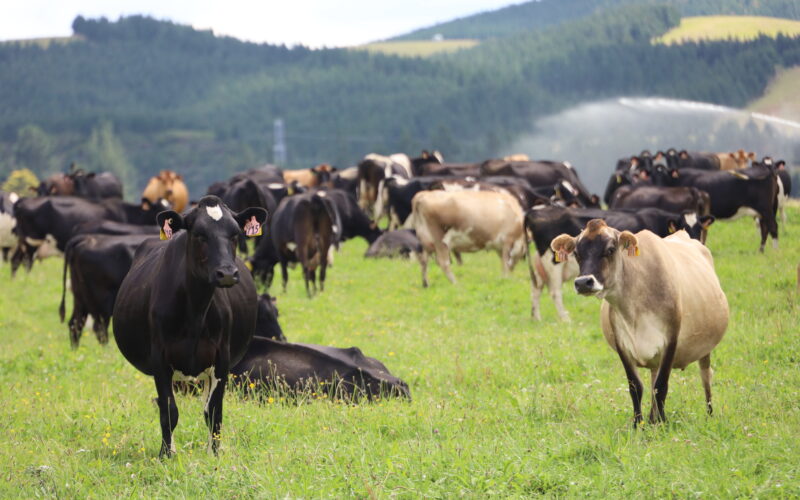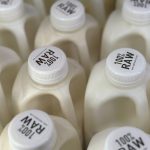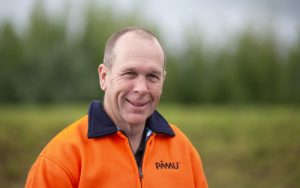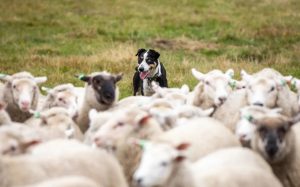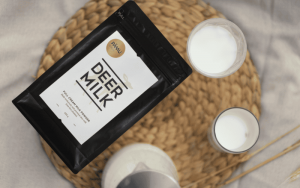
Looking ahead, it is increasingly diversifying its portfolio to mitigate commodity cycles.
Pāmu is expecting full-year net operating profit of $25-$40 million for the 2025 financial year. This is considerably up on its previous forecast of $8m, in its Statement of Corporate Intent.
The updated forecast net operating profit is a reflection of increased revenue due to positive production trends, and higher milk and red meat prices, Pāmu chief executive Mark Leslie said.
“The wide range of the forecast recognises the potential impacts presented by material adverse weather events, volatility in commodity prices, including the range of the Fonterra forecast for the season, and geo-political tensions.”
The forecast increase in milk revenue reflects Fonterra’s recent forecast lift of $9-$10/kg MS for conventional milk, and $10.90-$11.90/kg MS for organic milk.
It also assumes an increase in livestock revenue.
“There is strong demand for beef in the United States market, and while sheepmeat prices have improved due to lower supply in the market, they remain below five-year averages,” Leslie said.
Continued spending discipline is essential if this improvement in milk price is to be reflected in the balance sheet. Cost control initiatives implemented on farms will enable it to meet cost of production and capital expenditure targets, he said.
The Shareholding Minister’s Letter of Expectations released in April emphasised the need for Pāmu to focus on core business and deliver an appropriate level of commercial return to, and represent a value-for-money investment, for the Crown.
“While much of our business is focused on farming, increasingly we are diversifying our portfolio to mitigate commodity cycles and optimise our use of assets to generate returns. Integrating horticulture and production forestry into our land use has increased our returns on farms.
“Year two of our avocado harvests are ahead of plans and the 6 hectares of blueberries in tunnels in Northland are progressing well towards our first harvest commencing August 2025.
“We are positioning Pāmu for the long term to be able to perform in an environment of heightened global uncertainty, inflationary and interest rate pressures and commodity price volatility,” Leslie said.
You can now read the most important #news on #eDairyNews #Whatsapp channels!!!
🇺🇸 eDairy News INGLÊS: https://whatsapp.com/channel/0029VaKsjzGDTkJyIN6hcP1K
